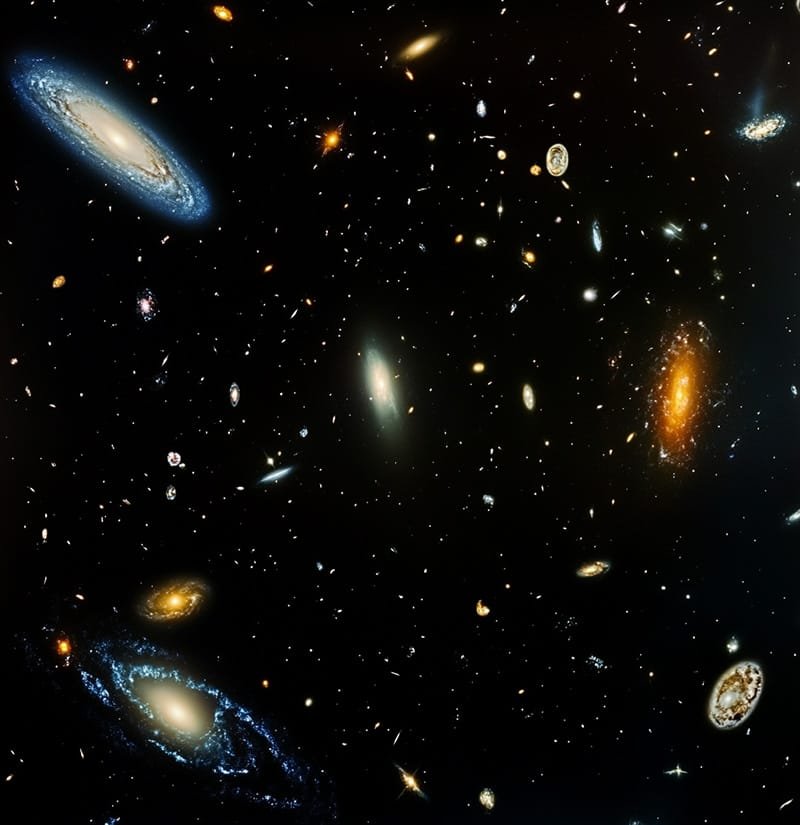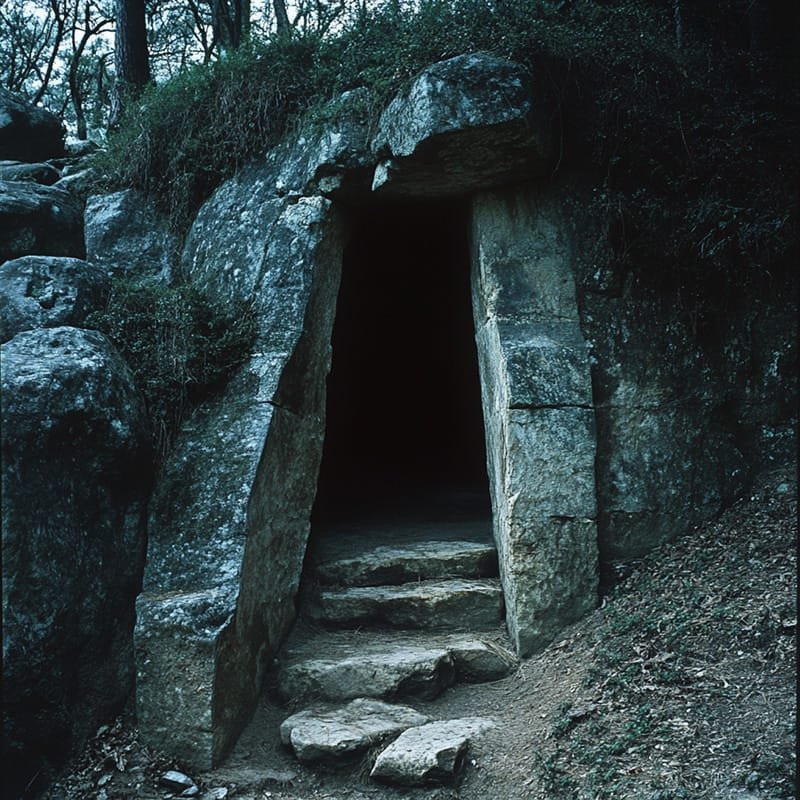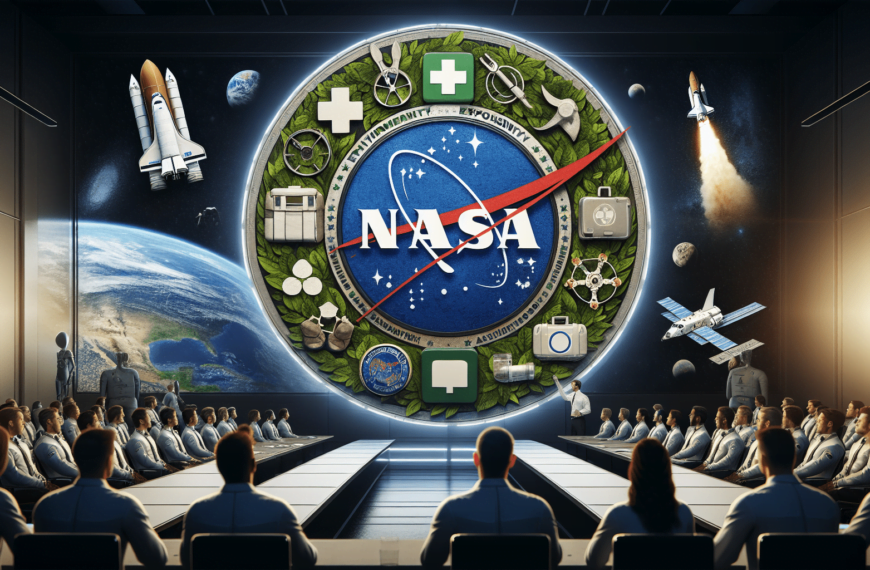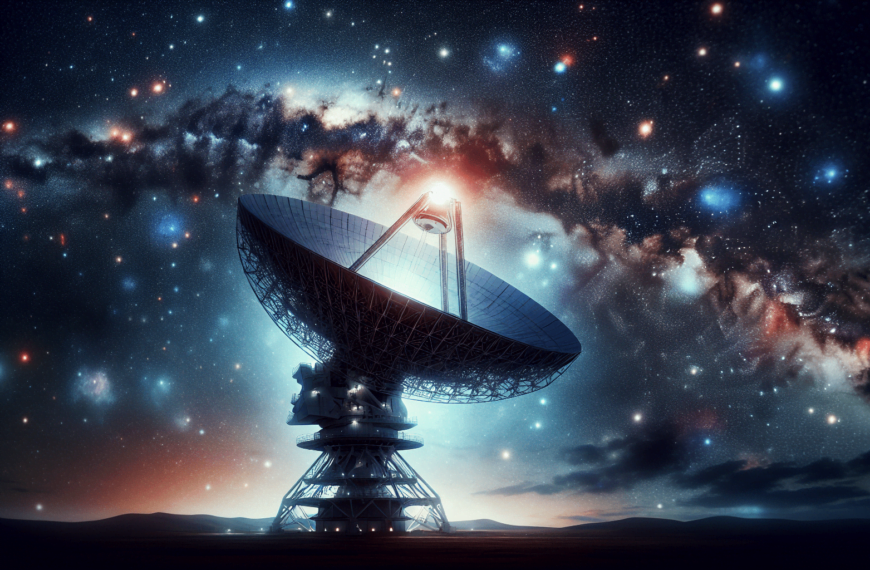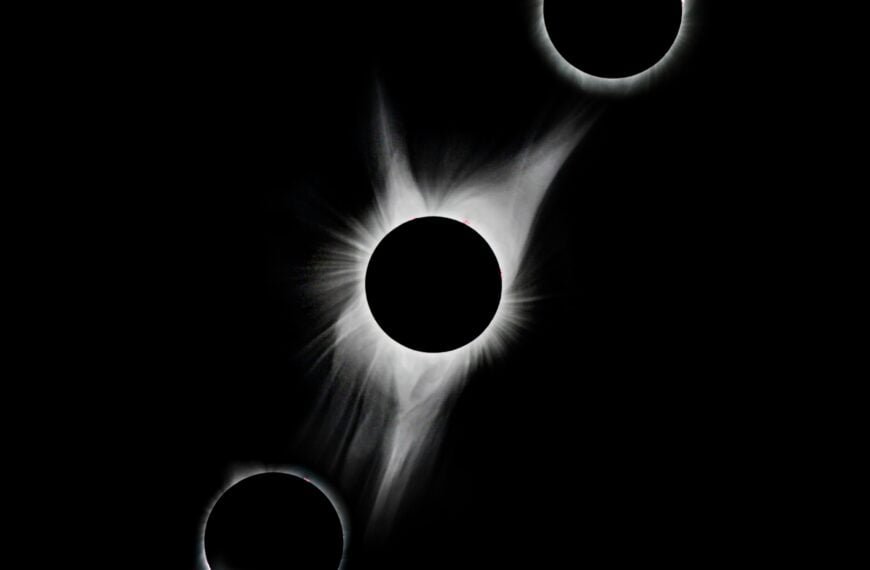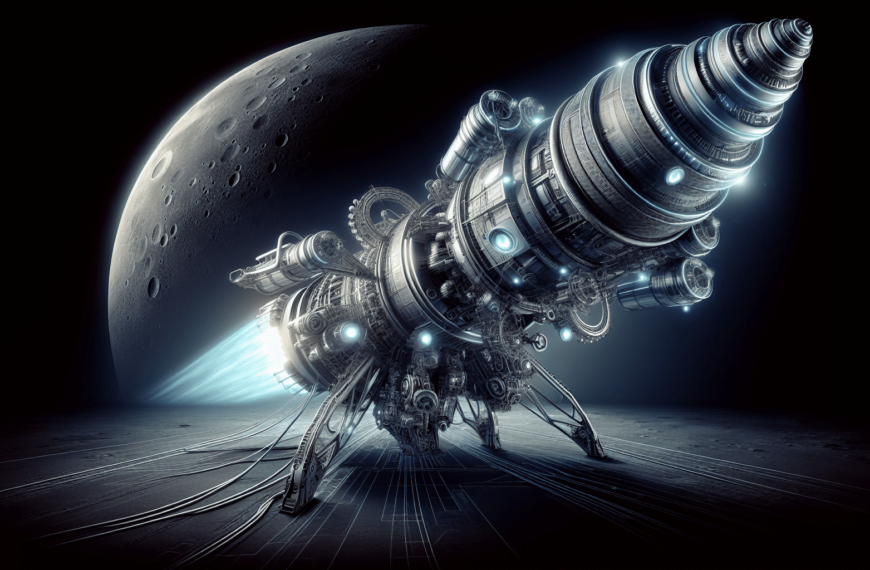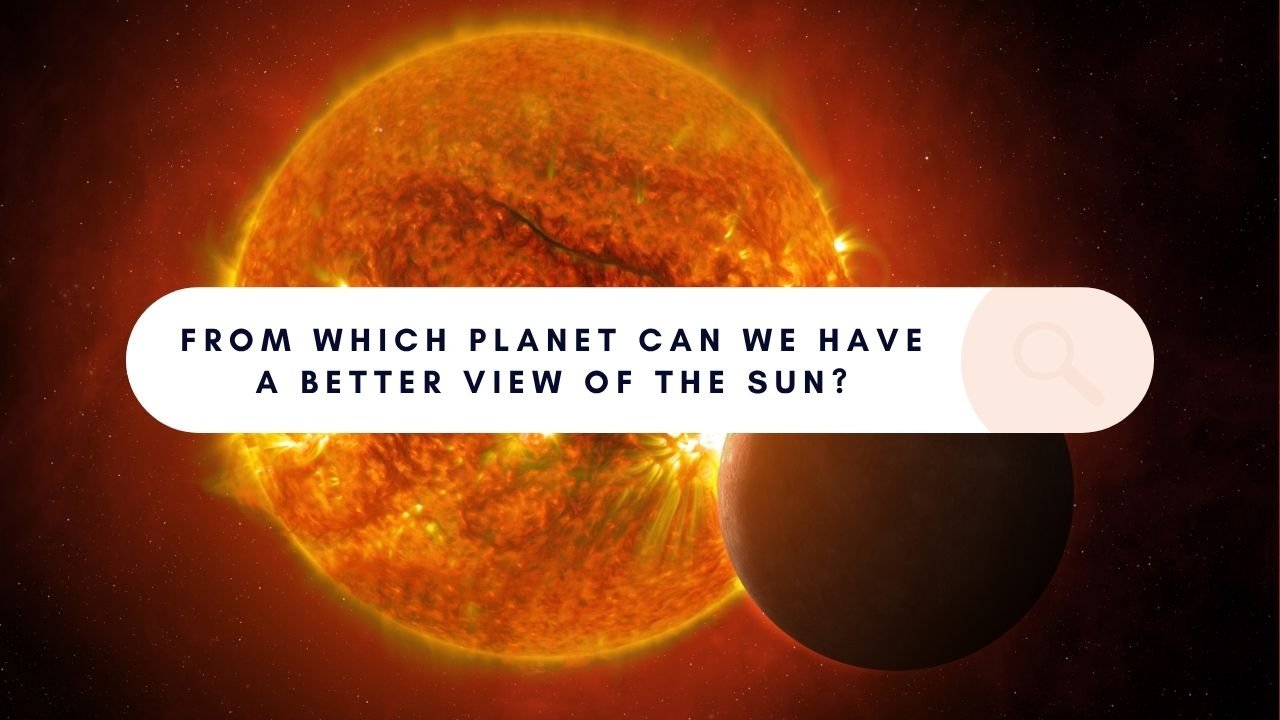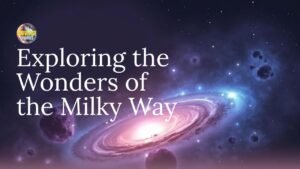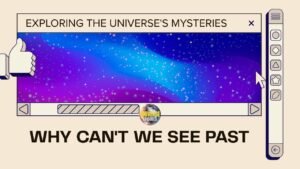James Webb Space Telescope finds early galaxies larger and brighter than expected, challenging dark matter and supporting MOND, sparking scientific debate.
Key Takeaways
- James Webb Space Telescope Findings: The JWST has observed early galaxies that are larger and brighter than expected, challenging the conventional dark matter paradigm.
- Dark Matter vs. MOND: The findings align with predictions made by Modified Newtonian Dynamics (MOND), an alternative theory to dark matter.
- Scientific Debate: The debate between dark matter and MOND exemplifies the scientific method, with scientists testing predictions against observational data.
- Future Research: The JWST’s discoveries highlight the need for further research and observations to refine our understanding of the universe.
James Webb Space Telescope | Discoveries Pointing Toward a Dark Matter Alternative
The James Webb Space Telescope (JWST) has been a game-changer in the field of astronomy, providing unprecedented insights into the universe’s earliest galaxies. Recent findings from the JWST have sparked a fascinating debate among astronomers, suggesting that some of the oldest galaxies appear much larger and brighter than previously expected. This observation challenges the conventional understanding of galaxy formation and hints at a potential alternative to the dark matter paradigm.
The Unexpected Findings of the James Webb Space Telescope
The JWST has captured data that reveals early galaxies were larger and brighter than anticipated. This discovery is significant because it contradicts the widely accepted theory of gradual hierarchical evolution driven by cold dark matter. According to this model, galaxies should have started as small fragments and gradually merged to form larger structures. However, the JWST’s observations suggest that these galaxies grew rapidly, without the expected influence of dark matter.
The Role of Dark Matter in Cosmology
Dark matter is a crucial component of the standard cosmological model. It is believed to account for approximately 27% of the universe’s mass-energy content. The presence of dark matter is inferred from its gravitational effects on visible matter, radiation, and the large-scale structure of the universe. It plays a vital role in the formation and evolution of galaxies, providing the gravitational scaffolding necessary for their growth.
Challenges to the Dark Matter Paradigm
The recent findings from the JWST challenge the dark matter paradigm by showing that early galaxies were larger and brighter than expected. This rapid growth aligns with predictions made by an alternative theory known as Modified Newtonian Dynamics (MOND). MOND suggests that gravity behaves differently at extremely weak levels, such as at the edges of galaxies, without invoking dark matter or dark energy.

Modified Newtonian Dynamics: An Alternative Theory
MOND was proposed by Israeli physicist Mordehai Milgrom in 1982 as a way to explain the faster-than-expected rotation of galaxies. According to MOND, the laws of gravity are modified at low accelerations, which could account for the observed dynamics of galaxies without the need for dark matter.
Successes and Criticisms of MOND
While MOND has had some success in explaining certain galactic phenomena, it faces significant challenges. Integrating MOND into a unifying framework that can explain a wide range of cosmological observations has proven difficult. In contrast, the dark matter paradigm fits many observations but doesn’t fully explain phenomena predicted by MOND.
The Debate Continues
The findings from the JWST have reignited the debate between dark matter and MOND. Some astronomers argue that the excessively bright sources recorded by the JWST could be active supermassive black holes rather than galaxies. However, this explanation does not resolve the issue, as it merely shifts the problem from too many early stars to too many early supermassive black holes.
Implications for Cosmology
The implications of these findings are profound. If MOND is correct, it could revolutionize our understanding of gravity and the universe’s structure. However, the theory remains controversial and is not widely accepted in the scientific community.
The Scientific Method at Work
The debate between dark matter and MOND exemplifies the scientific method in action. Scientists make predictions based on their theories and then test these predictions against observational data. The JWST’s findings provide new data that challenge existing theories, prompting scientists to re-evaluate their models and consider alternative explanations.
The Future of Cosmological Research
The JWST’s discoveries highlight the need for further research and observations. As more data becomes available, scientists will continue to refine their models and explore new theories. The debate between dark matter and MOND is far from over, and future observations may provide additional insights into the nature of the universe.
In conclusion, the James Webb Space Telescope has opened a new chapter in our understanding of the universe. Its findings challenge existing theories and suggest the possibility of alternative explanations for the formation and evolution of galaxies. As scientists continue to explore these possibilities, the JWST will undoubtedly play a crucial role in shaping the future of cosmological research.


